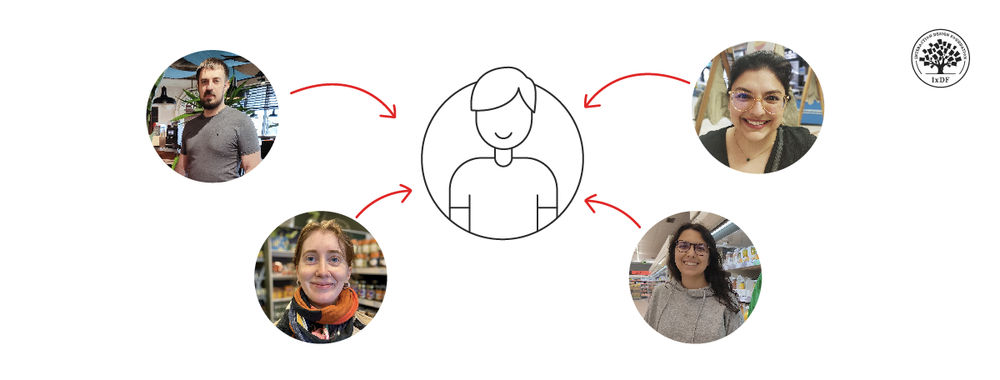At IxDF, time is one of the commodities we value dearly—your time—hence why we combine the highest quality with a strong emphasis on content. That way, you get the “best of” the material out there but still with much attention focussed on the “side-streets” to topics we know you will find thought provoking and helpful.
All courses from IxDF cover the most essential topics, theories, design examples, and best practices at different points throughout a course. Content is king. Nevertheless, even the most amazing content is next to useless if it's not taught the right way – in a way so you can:
Learn information and integrate knowledge as efficiently and effectively as possible.
Put that knowledge into use when designing.
How do we achieve that, more precisely?
Optimized for Different Learning Styles
At the IxDF, we make sure to give you the best learning conditions no matter how you learn since we’ve designed our courses so they accommodate different learning styles. Even though human beings are constrained by, largely, the same physiology and psychology, individuals differ in how they learn most effectively. That’s one of the reasons we mix practice and theory so closely. That’s why we mix text with lots of illustrations and examples. That’s also why we mix videos and articles. And, indeed, that’s why we mix multiple choice questions, open-ended questions and discussions, too.
Redundancy Optimizes your Learning Result
Redundancy means that we repeat some of the same points using different words, or even in the same words. Redundancy optimizes your learning results because it copes with the limitations of human memory. For example, short-term memory (STM) is limited and fallible, so we help you rehearse your newfound knowledge again and again in different ways to make sure it becomes enduring knowledge in your long-term memory (LTM). If we didn’t take this approach, you would soon forget what you just learned.

Author/Copyright holder: Rachel Kramer. Copyright terms and licence: CC BY 2.0
Why do we need redundancy? Why do we need to learn about the same topic from different angles? To help you answer that question, think about it like the changing seasons. Every year, you’ll experience a new spring – and you’ll learn something new each spring. It’s never the exact same spring even though you’ve seen, smelt, heard and felt spring many times already. Life goes on. You evolve. You learn. Your surroundings change. Likewise, when learning new design skills and theory, you’ll sometimes feel that it’s “just one more example”, but remember that you need more than one “spring” to master a theory or design practice fully. It’s a cycle where it pays off to be persistent and curious.
References
Hero Image: Author/Copyright holder: Jared Goralnick. Copyright terms and licence: CC BY-ND 2.0












